Cloud seeding in the UAE: Could drones soon be 'making it rain'?
It’s one of the topics being discussed at an Abu Dhabi-hosted forum on rain enhancement…
The 7th International Rain Enhancement Forum (IREF) took place at the Conrad Abu Dhabi, Etihad Towers between January 28 and 30, 2025 and invited the world’s leading experts, researchers, policymakers and weather scientists to discuss a range of topics related to cloud seeding and rain enhancement programmes.
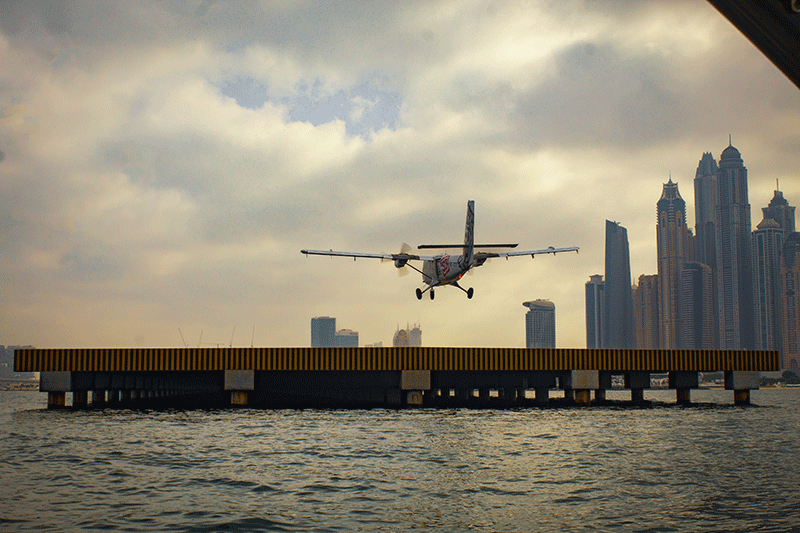
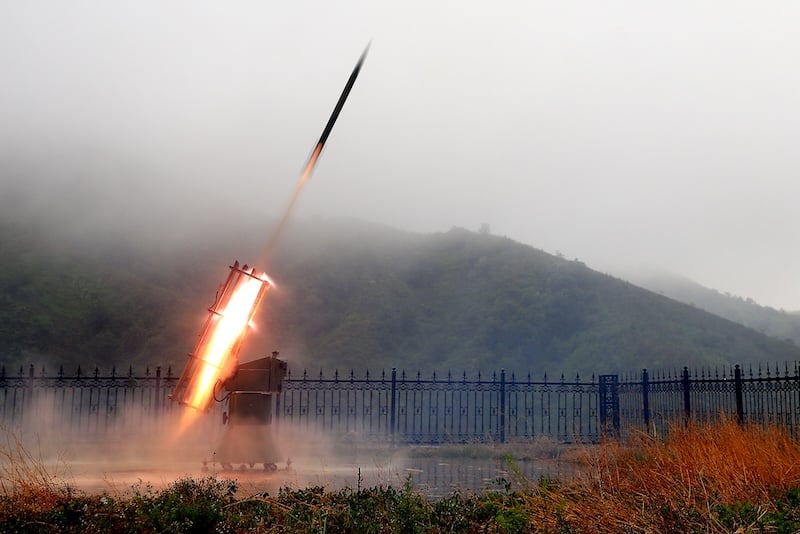
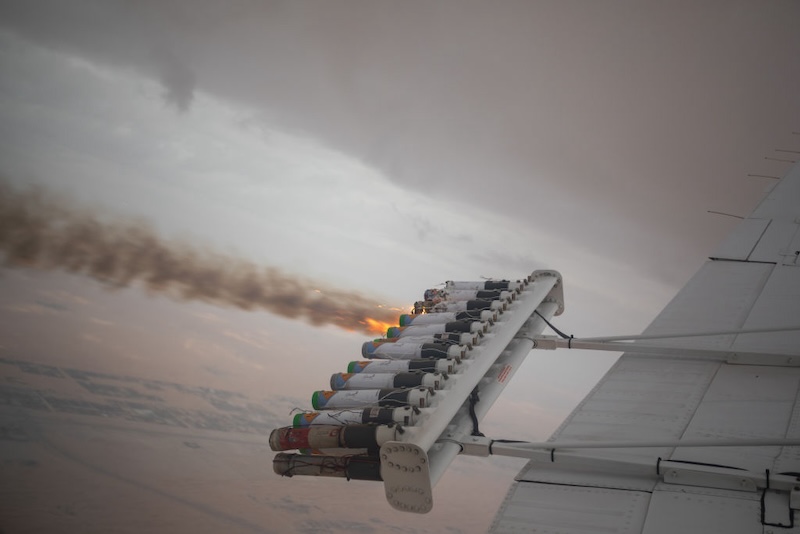
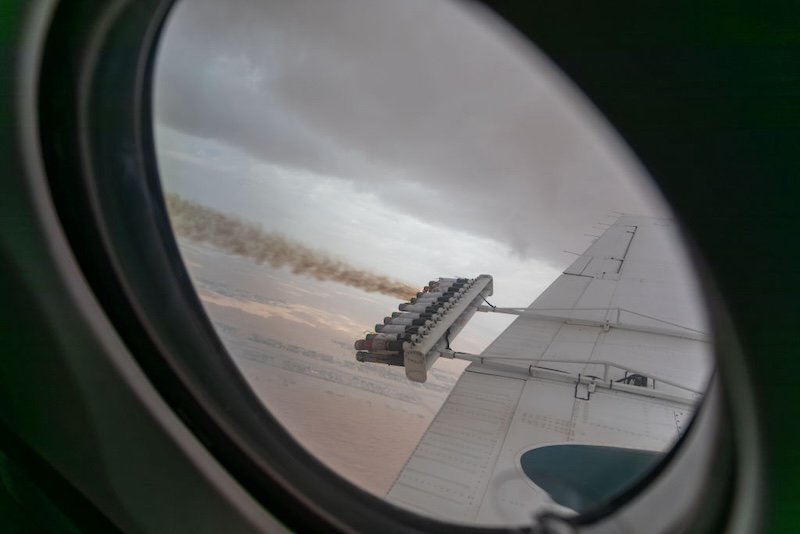
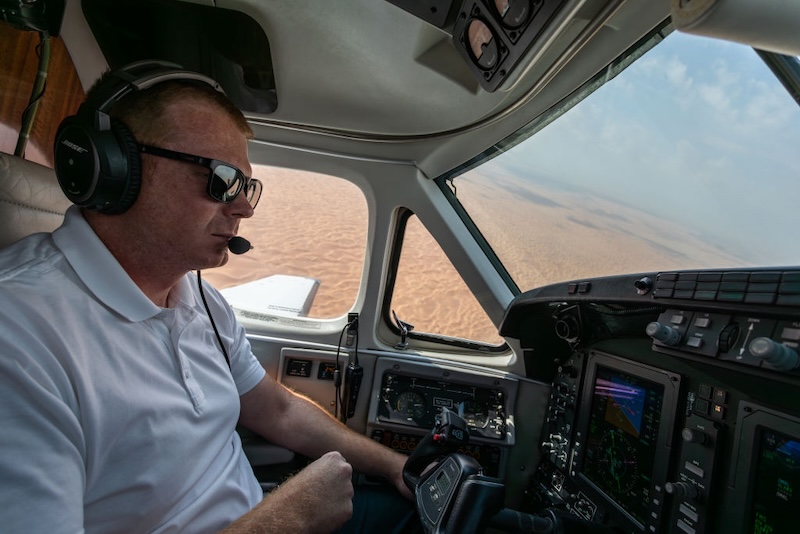
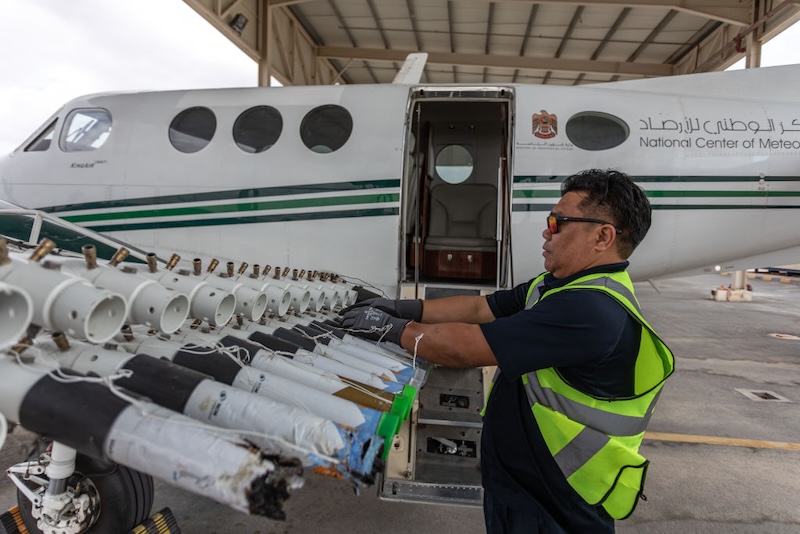
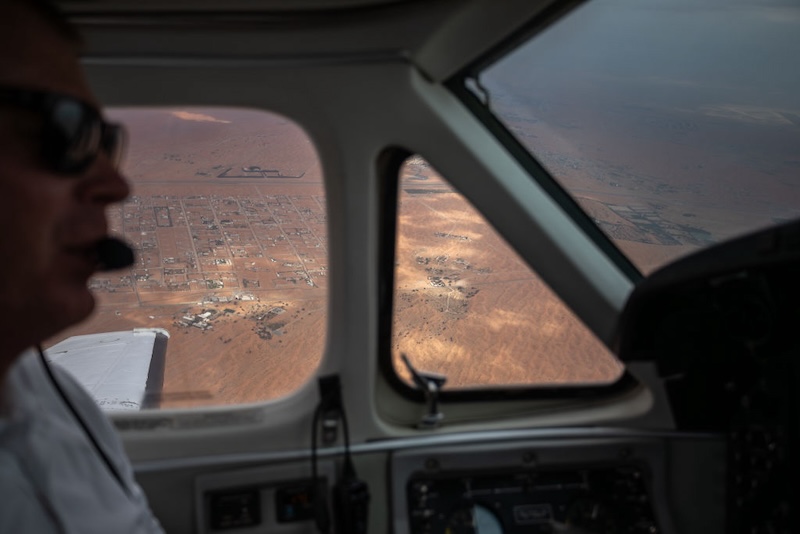
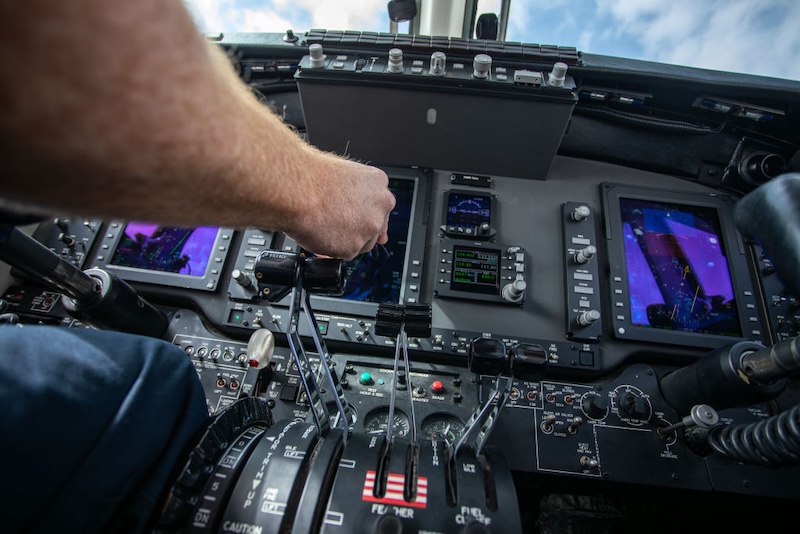
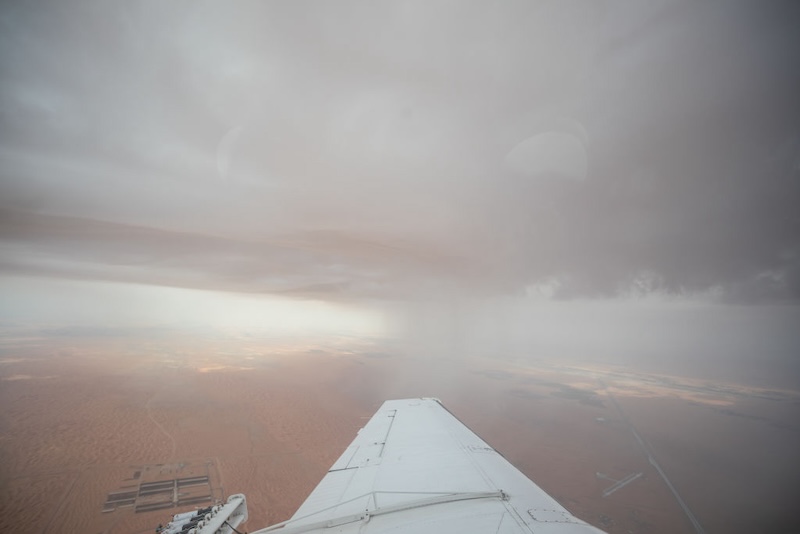
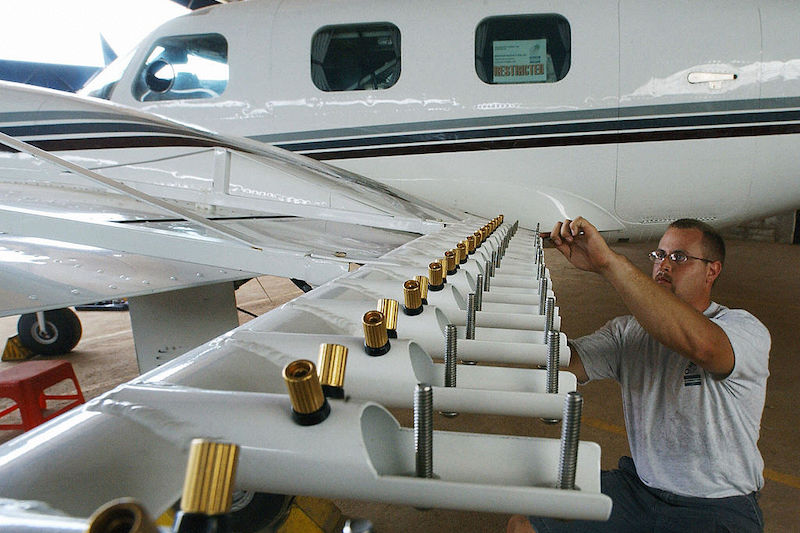
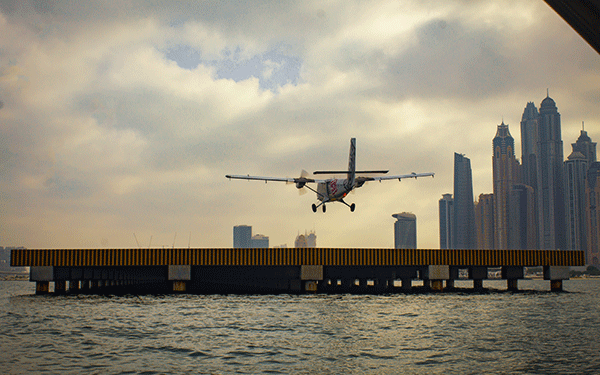
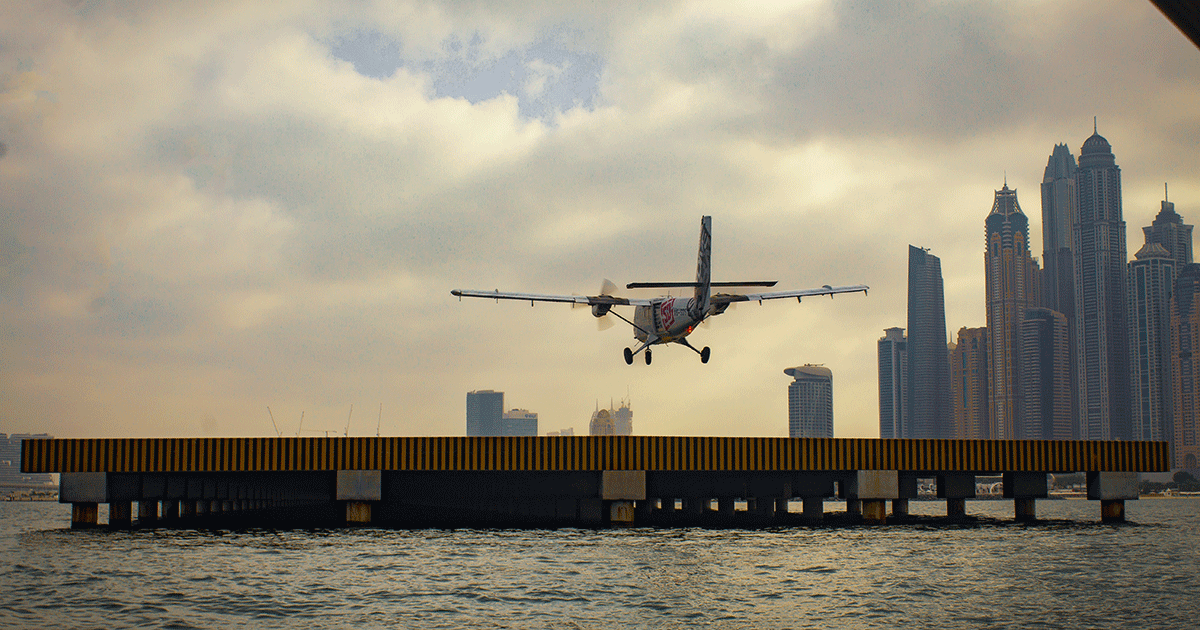















cloud-seeding
Cloud-seeding Rocket Launched In Shijiazhuang
SHIJIAZHUANG, CHINA - MAY 15: A cloud-seeding rocket is launched in an attempt to make rain on May 15, 2021 in Shijiazhuang, Hebei Province of China. (Photo by Zhang Haiqiang/VCG via Getty Images)
Onboard With UAE’s Weather-Altering Cloud Seeding Pilots
AL AIN, UNITED ARAB EMIRATES - JANUARY 31: Hygroscopic (water-attracting) salt flares released below a cloud during a routine cloud-seeding mission on January 31, 2024 in Al Ain, United Arab Emirates. (Photo by Andrea DiCenzo/Getty Images)
Onboard With UAE’s Weather-Altering Cloud Seeding Pilots
AL AIN, UNITED ARAB EMIRATES - JANUARY 31: Hygroscopic (water-attracting) salt flares released below a cloud during a routine cloud-seeding mission on January 31, 2024 in Al Ain, United Arab Emirates. (Photo by Andrea DiCenzo/Getty Images)
The UAE has emerged as a growing leader in cloud seeding
The UAE has emerged as a growing leader in cloud seeding
Onboard With UAE’s Weather-Altering Cloud Seeding Pilots
AL AIN, UNITED ARAB EMIRATES - JANUARY 31: A ground engineer restocking one of the UAE’s National Center of Meteorology cloud-seeding planes with new Hygroscopic salt flares on January 31, 2024 in Al Ain, United Arab Emirates. (Photo by Andrea DiCenzo/Getty Images)
Onboard With UAE’s Weather-Altering Cloud Seeding Pilots
AL AIN, UNITED ARAB EMIRATES - JANUARY 31: A view of the UAE city of Al Ain during a cloud-seeding mission on January 31, 2024 in Al Ain, United Arab Emirates. (Photo by Andrea DiCenzo/Getty Images)
Onboard With UAE’s Weather-Altering Cloud Seeding Pilots
AL AIN, UNITED ARAB EMIRATES - JANUARY 31: Captain William Murgatroyd adjusts controls during takeoff on a routine cloud-seeding mission on January 31, 2024 in Al Ain, United Arab Emirates. (Photo by Andrea DiCenzo/Getty Images)
Onboard With UAE’s Weather-Altering Cloud Seeding Pilots
AL AIN, UNITED ARAB EMIRATES - JANUARY 31: Rain falls in the distance during Captain William Murgatroyd’s cloud-seeding mission on January 31, 2024 in Al Ain, United Arab Emirates. (Photo by Andrea DiCenzo/Getty Images)
cloud seeding
cloud seeding
cloud-seeding-slider
cloud-seeding-facebook
The conference, featured more than 65 headline speakers, and included such topics as the use of Artificial Intelligence, the deployment of drones, the potential efficacy of new cloud-seeding materials, limited-area climate interventions, hybrid AI-physics models, and completely novel approaches
Talking to WAM, the Emirates News Agency about the event, Alya Al Mazrouei, Director of the UAE Research Programme for Rain Enhancement Science (UAEREP), stated: “The 7th edition of IREF represents a landmark event in the global dialogue on water sustainability and weather enhancement, focusing on key topics that will shape the future of rainfall enhancement applications, particularly the transformative potential of AI and other technological breakthroughs.”
UAE hailstones and milestones
To date, the UAEREP has been able to rain down Dhs82.6 million on 14 research projects, which have yielded the precipitation of eight patents, with a further three pending registration.
Back in August 2023, we spoke to Mr. Omar Alyazeedi, deputy director of the National Center of Meteorology (NCM), and asked him some questions about the UAE’s cloud seeding mission, this is what he had to say…
How many cloud-seeding missions does the UAE fly each year?
The UAE carries out nearly 300 cloud seeding missions annually as part of its efforts to enhance rainfall.
Are there specific types of clouds that respond best to cloud seeding, if so what do they look like and where can they most often be found?
While not all types of clouds respond equally to cloud seeding, cumuliform clouds such as cumulus clouds with a heaped shape and strong updraft at their bases are generally considered the most responsive to cloud seeding efforts.
How much rainfall a year can be attributed to cloud seeding in the UAE?
The UAE has an arid climate with less than 100mm per year of rainfall. The statistical randomisation experiment conducted during the summers of 2004 and 2005 demonstrated that cloud seeding can enhance precipitation by 15 per cent in a turbid atmosphere. This enhancement ratio could potentially reach up to 25 oer cent in a clean atmosphere.
Are there seasonal patterns to the UAE’s cloud seeding trips?
Initially focusing on summertime convection in the northeastern Hajar mountains, the UAE’s cloud seeding operations have expanded over years to encompass year-round targeting of suitable cloud candidates across the entire UAE since 2006.
What are the materials that are used and how do they work?
The UAE uses environmentally friendly materials (hygroscopic materials) in flares that contain natural salts such as potassium chloride and sodium chloride. Lately, the country has started using novel nanomaterials (hygroscopic and hydrophilic materials) that have exhibited greater efficiency than conventional materials in enhancing precipitation.
Do the seeding mission pilots have any special rituals or names for their aircraft?
The UAE has four specialised Beechcraft King Air aircrafts for seeding operations. An expert team comprising nine pilots and a dedicated scientific and technical crew, many of whom are UAE nationals, conduct these operations with precision and expertise.
How important is the role of cloud seeding in the UAE’s water security efforts?
The UAE considers water security an essential element of national security. Cloud seeding helps the country find innovative solutions that contribute to global water security by ensuring the sustainability of water resources in the UAE and other arid regions across the world.
Is the UAE a world leader in this field, what tech/practices have been conceived/pioneered here?
The UAE has emerged as a key hub for cutting-edge rain enhancement research owing to the efforts of the National Centre of Meteorology (NCM), through the UAE Research Program for Rain Enhancement Science (UAEREP), to advance rain enhancement science and technology. Since its inception, the program has focused on research innovation through methods that are aimed at stimulating rainfall in arid regions. They include nanotechnology; algorithm-based data processing; convergence zone studies; ice nucleation; optimisation of aerosol seeding; cloud electrical properties analysis; the creation of artificial clouds to induce rain; targeted observation and seeding through unmanned aerial vehicles; and advanced experimental-numerical approaches to rain enhancement.
When did cloud seeding start in the UAE, what have we learned since then?
The first attempt at cloud seeding took place in February 1982 over a specific area to the west of the country under the management of Abu Dhabi Municipality. During this time, numerous experiments were performed without any scientific bases.
The UAE cloud-seeding program started at the end of the 1990s. By early 2001, the program was cooperating with well-known organisations such as the National Centre for Atmospheric Research (NCAR) in Colorado, USA, as well as the Witwatersrand University in South Africa and the US Space Agency, NASA. In 2005, we worked as a joined research team to improve our understanding of the chemical and physical properties of frequent and seedable clouds. Our findings revealed that the hygroscopic seeding agents held the greatest potential for enhancing rainfall in the country.
The UAE launched the ‘UAE Prize for Excellence’ in Advancing the Science and Practice of Weather Modification in collaboration with the World Meteorological Organization (WMO). The scheme has since been amended with the establishment of the UAE Research Program for Rain Enhancement Science (UAEREP) in 2015 under the patronage of His Highness Sheikh Mansour bin Zayed Al Nahyan, UAE Vice President, Deputy Prime Minister and Minister of Presidential Court to promote scientific advancement and development of new technology in the field.
What is the future for cloud seeding here?
The UAE has been actively pursuing cloud seeding as part of its efforts to enhance water resources and address water scarcity in the region. By offering managed grant assistance to selected teams of researchers who present innovative ideas and project proposals relevant to the targeted research areas of each program cycle, the country aims to continue investing in cloud seeding technology and research to stimulate and promote scientific advancement and the development of new technology in this area.
Images: Getty
For more news, reviews and things to do in Dubai, follow our Instagram and TikTok.
